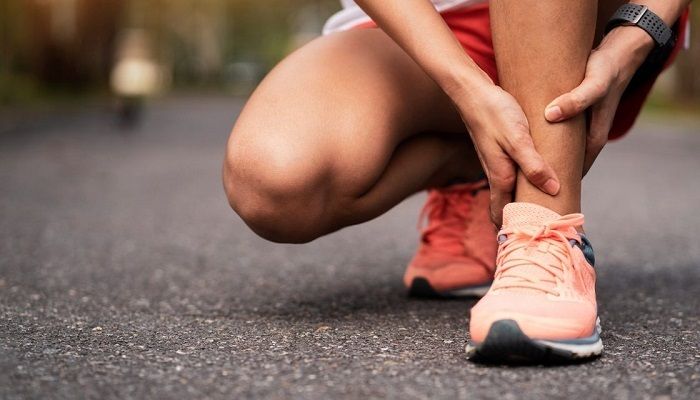Why Does Injury Recovery Shape Your Future Health
Recovering from an injury is not just about healing wounds. It’s about restoring strength and function. Many people rush the process and face setbacks later in life. Ignoring proper rehabilitation can lead to chronic pain and limited mobility. A structured recovery plan ensures long-term wellness and prevents future injuries. But what happens when recovery is not taken seriously? The body struggles, and the road to full strength becomes longer.
The Body’s Silent Healing Mechanism
Injuries trigger the body’s natural repair system, but it needs time and support. Damaged tissues regenerate through cellular processes, but overexertion can slow this progress. Rest and therapy help muscles, bones, and ligaments regain their strength. Skipping these steps increases the risk of further damage. Proper recovery allows the body to rebuild endurance and flexibility. Without it, injuries may heal improperly, leading to lifelong discomfort.
The Mental Battle of Recovery
Healing isn’t just physical—it’s a mental challenge as well. Injuries can bring frustration, anxiety, and fear of re-injury. Staying positive and patient is crucial for a smooth rehabilitation process. Athletes, for example, often struggle with the emotional toll of being sidelined. Support from professionals, family, and friends plays a huge role in mental well-being. Recuperacion lesiones Villareal emphasizes both physical and psychological care for complete healing. Overcoming this mental battle is key to returning stronger than before.
Why Rushing Recovery Leads to Setbacks
Many people ignore medical advice and push their bodies too soon. This can cause reinjury, making recovery even longer and more painful. Returning to activities before full healing can weaken joints and muscles. A slow and steady approach helps the body adapt without stress. Proper physical therapy ensures movements are safe and effective. Patience is the secret weapon in any recovery journey.
The Role of Nutrition in Healing
Food is a powerful tool for recovery, providing the body with essential nutrients. Proteins help rebuild muscle, while vitamins and minerals speed up tissue repair. Hydration plays a crucial role in reducing inflammation and keeping cells healthy. Without the right diet, the body struggles to regain its full potential. Many experts recommend anti-inflammatory foods like leafy greens and lean proteins. Eating well supports the body’s healing process from within.
The Long-Term Benefits of Proper Recovery
A structured rehabilitation plan doesn’t just heal injuries—it strengthens the body for the future. Preventative exercises reduce the chances of recurring pain or mobility issues. Athletes who follow proper recovery methods often return stronger and more resilient. Everyday individuals benefit from improved flexibility and joint stability. Neglecting recovery can lead to chronic conditions that impact daily life. Investing in healing now ensures a healthier, pain-free future.
Conclusion
Recovering from an injury is a journey, not a race. The body needs time, care, and patience to heal properly. Ignoring rehabilitation can lead to setbacks, while proper recovery builds strength and resilience. Nutrition, therapy, and mental well-being all play crucial roles in the process. By committing to a structured healing plan, the body can regain its full potential. Long-term health depends on how well injuries are managed today.
